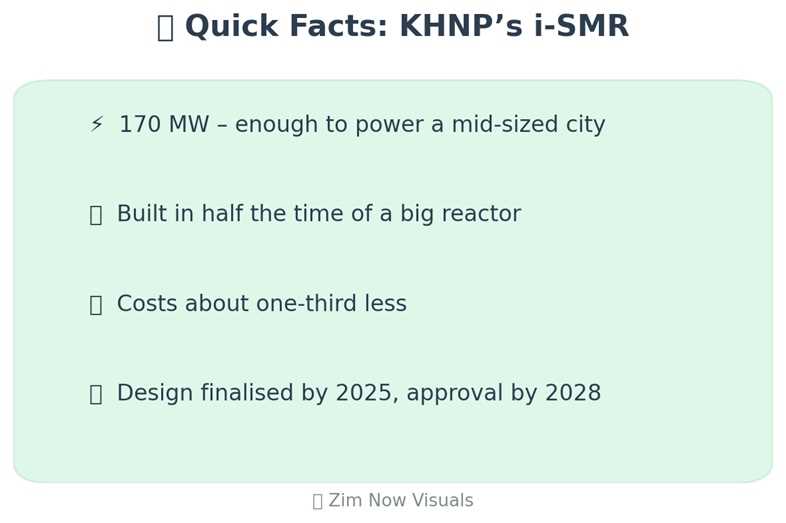
ZimNow Reporter
Zimbabwe has signed a memorandum of understanding with Korea Hydro & Nuclear Power (KHNP) to study whether the country can one day run on small modular nuclear reactors (SMRs).
The deal, managed through the Centre for Education, Innovation, Research, and Development (CEIRD), will look at technical, financial, and safety questions. The agreement also includes training local experts and opening opportunities for knowledge exchange.
Why should you care?
Related Stories
- Goodbye load-shedding (maybe): Our current power mix is shaky—Kariba depends on rain, and Hwange runs on old boilers. SMRs could give Zimbabwe steady, reliable electricity.
- Lighter bills in the long run: Cleaner, efficient nuclear power could eventually reduce the costly imports and endless generator fuel runs.
- Jobs & brain gain: The partnership will see Zimbabwean scientists trained in nuclear technology, creating specialized careers for the next generation.
- Vision 2030 push: Energy diversification is key to making industrialization possible—no factories or innovation hubs can run without power.
What are SMRs?
Think of them as the “compact power stations” of the nuclear world. Smaller than traditional plants, easier to build, and designed with safety in mind. KHNP’s i-SMR, unveiled at COP28 in Dubai, produces around 170 MW—enough to power a mid-sized city.
KHNP plans to finalize its design by 2025, with regulatory approval targeted for 2028. If Zimbabwe comes on board, the first nuclear-powered electricity could be part of our grid in the 2030s.
What’s next?
For now, this is only a feasibility study. But it signals Zimbabwe is seriously exploring nuclear as part of its energy future.
In plain terms: you may not see a reactor in your backyard, but you could see fewer blackouts, more local jobs, and a scientific leap that puts Zimbabwe on the global innovation map.

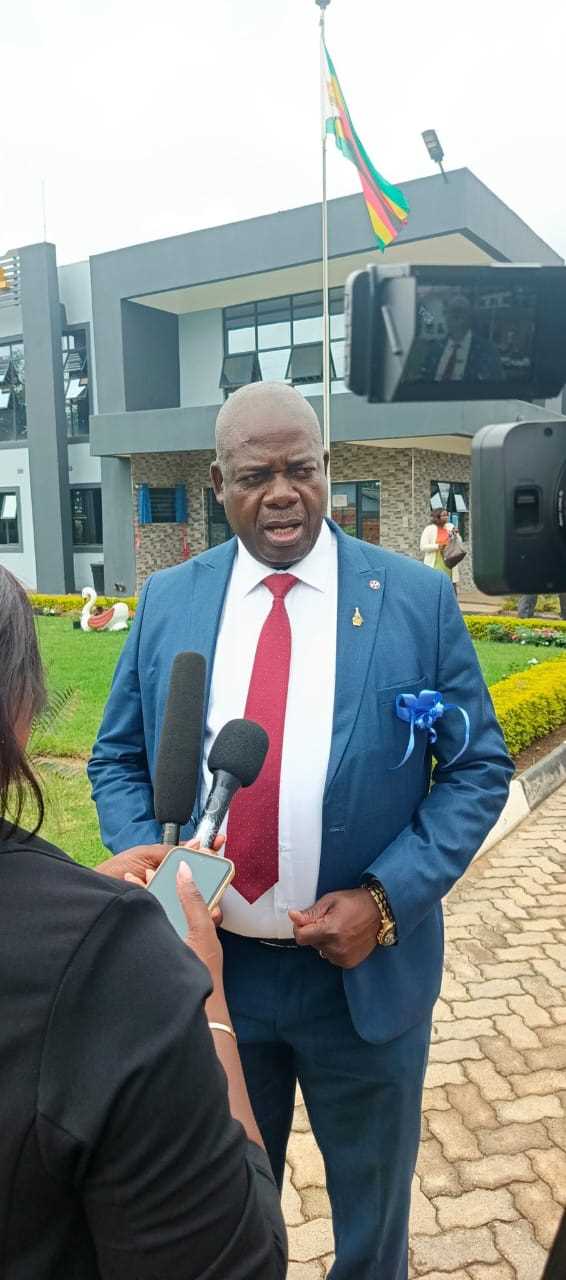



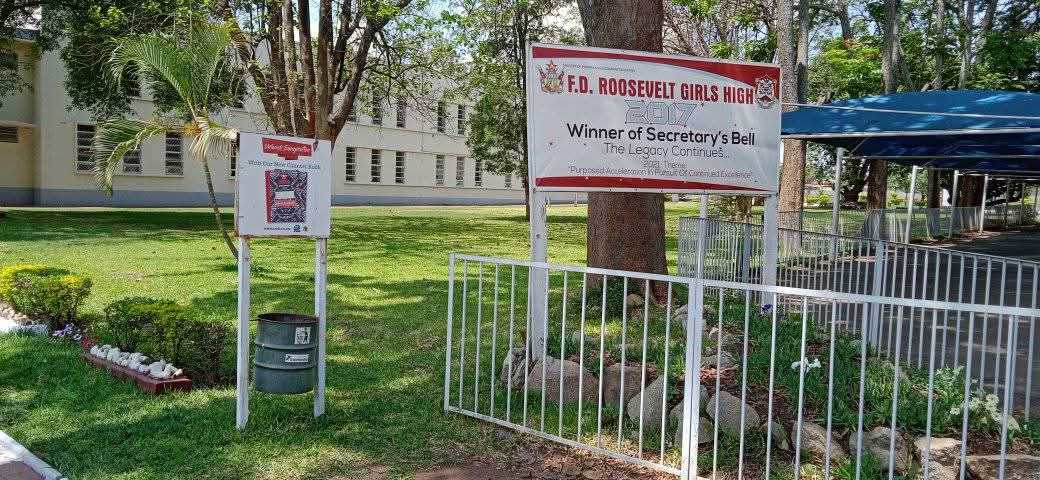

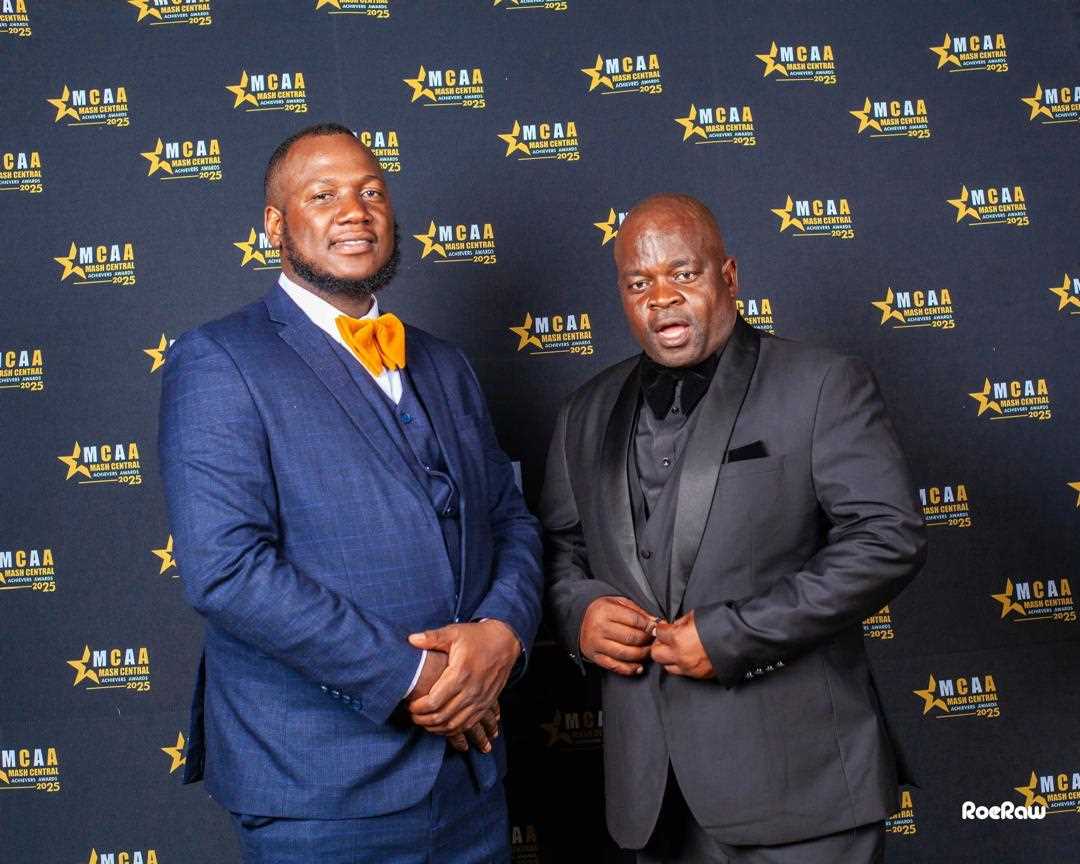


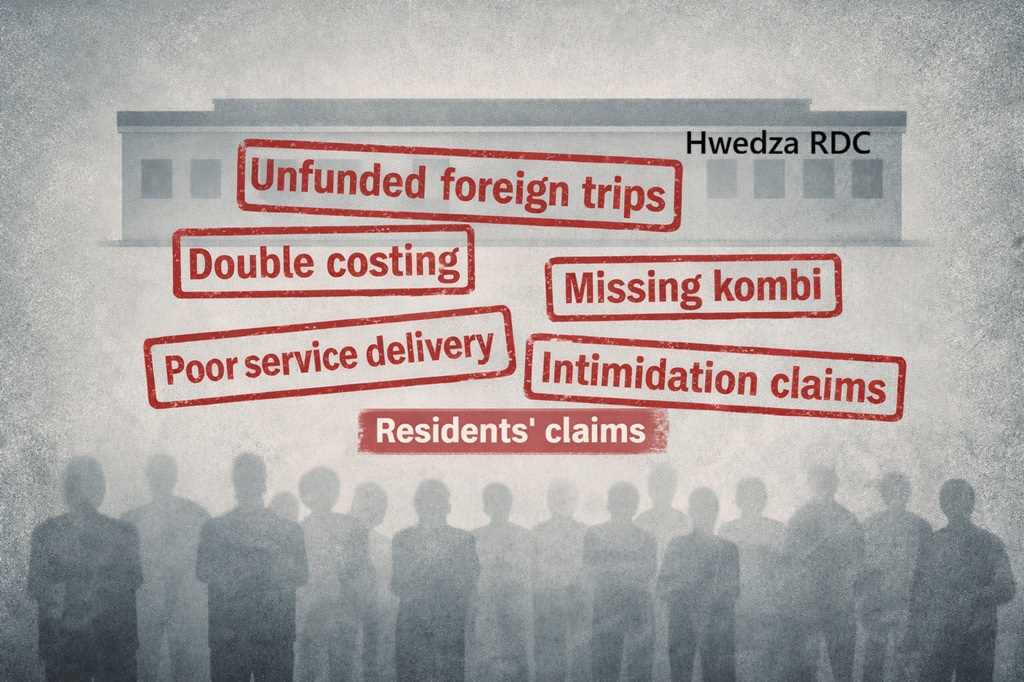

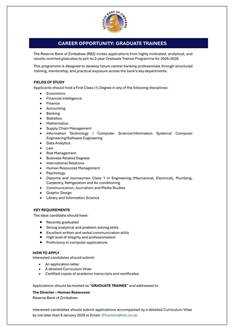






Leave Comments